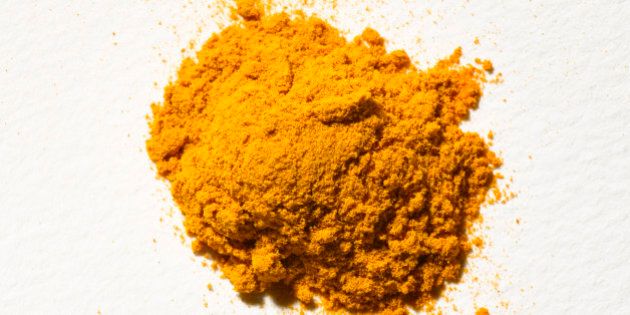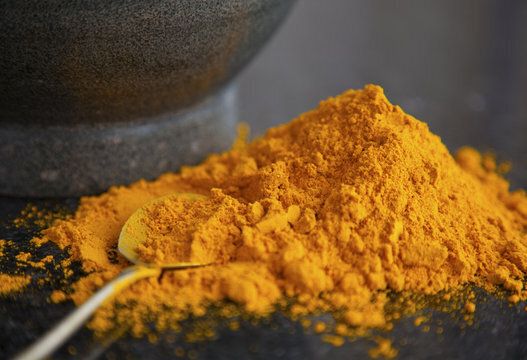
Public health officials have accepted antibiotic resistance is no longer an underlying problem in medicine but a real threat. The number of bacteria capable of tolerating and evading one of our most powerful weapons against infectious disease continues to rise and several so-called pan-resistant strains already exist. The move to reduce the use of these drugs in medicine and agriculture is strengthening although some fear this may not stop the path towards a post-antibiotic era. This means looking elsewhere for treatment options.
One of the best places to look for alternatives is nature. Antibiotics were first discovered in natural species -- fungi to be exact -- and a number of options for the future have been found. One of the most tested is garlic. This bulbous root can kill bacteria thanks to a chemical called allicin. Another successful antimicrobial is tea tree oil. The main chemicals are known as terpenes and have similar effects to some antibiotics. Even honey has significant antibacterial properties and may be used to help heal wounds.
Now it seems there is another possible option worth exploring: turmeric. This orange-yellow root has been used for millennia and is a staple in many ethnic cuisines due to its unique, bitter flavour. But the spice adds more than excitement for the tongue. Research has shown there are several other benefits to including turmeric, or at least its active ingredient curcumin, in the diet.
Dozens of studies have revealed many clinical benefits associated with curcumin. They include antioxidant properties, anti-inflammatory activity and protection against chronic diseases such as diabetes and cancer. The molecule also has antimicrobial activity and is effective against bacteria, viruses, and even fungi. For anyone looking for an antibiotic alternative, this particular chemical is a potential golden goose.
However, as with all drugs, the one issue standing in the way is mechanism. Although the research tells us what curcumin can do, exactly how this happens has rarely been explored. To surpass even the most basic regulatory hurdles from Health Canada and other authorities, this gap needs to be filled first. Last week, a team of researchers from India provided some significant help in explaining how curcumin kills bacteria. Their results revealed not only a mechanism of action but also revealed the reason for its broad spectrum of activity.
The first stages of testing were fairly simple. The group added curcumin to an already growing stock of bacteria and looked for any changes in growth. To be sure they had good microbial candidates, the team chose four particular species known to cause illness. They included Staphylococcus aureus, Escherichia coli, Enterococcus faecalis and Pseudomonas aeruginosa.
As expected, curcumin did the job, killing all the bacteria within two hours. Even more positive was the actual amount used was no more than a few micrograms (that's one millionth of a gram). In the context of an actual turmeric root, only a few milligrams would be needed to achieve this activity. This was all good news.
Confirming the activity was only the first step. The next required significant work in the lab to identify just how the molecule killed these bacteria. The team used a number of different techniques to visualize what might be happening. These included looking at the bacteria under an electron microscope and the use of coloured dyes to determine structural changes to the bacteria.
No matter which observation method was chosen, the results were the same. Curcumin weakened the outside shell of the bacteria, known as the membrane. Under the microscope, the bacteria were obviously damaged as they had holes in their usually intact exteriors. The colour dyes revealed a catastrophic flooding from the outside has occurred. For a bacterium, which depends on maintaining a different environment inside than out, the consequences would be deadly.
What made the results even more encouraging was how this membrane penetrating activity happened regardless of the type of bacterium tested. All four species have very different structures and their outside protective walls are unique to their species. But for curcumin, that didn't matter. The molecule had the same mechanism of action and more importantly, the same ability to kill.
The authors suggested the results of this study could lead to the inclusion of curcumin with already available antibiotics to increase the potential for kill. Yet, there is far more potential lying in wait. With broad spectrum activity and the relatively low concentration needed, this spicy molecule may indeed fit as a candidate for replacement of antibiotics. Whether this happens remains to be seen but in light of that coming post-antibiotic era, it's definitely worth the consideration.
MORE ON HUFFPOST:
